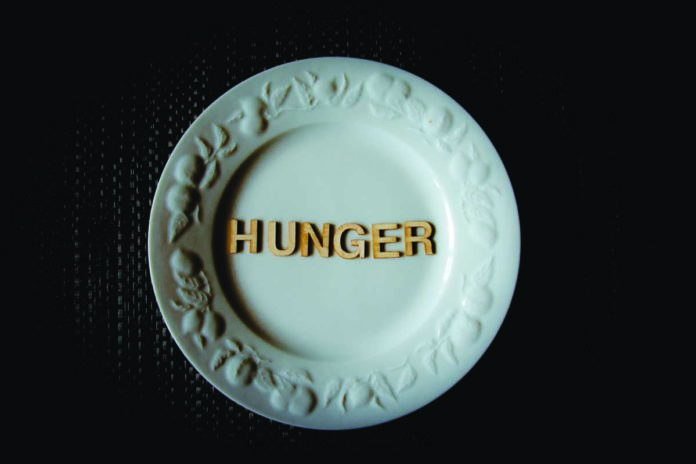Food insecurity in California ticked upward over the past year, bringing the share of hardship back up to levels early in the Covid-19 pandemic, according to data released by the California Association of Food Banks last week.
“Families are buying less food,” said May Lynn Tan, the association’s director of research and strategic initiatives, who conducted a survey of food aid recipients this summer. “They’re running out of food, not being able to afford nutritious meals and worrying more about food.”
Advocates credited a pandemic-era federal aid program that gave food assistance recipients more money for groceries for pulling food insecurity below 20% of California households between 2021 and 2022. The additional aid, Tan said, helped recipients buy healthier food and become more financially stable.
As prices soared last year, food insecurity spiked. Then, the boost in federal aid ended in April. By October, more than 1 in 5 California families—more than 3.1 million households, including 1.1 million with children—were steadily reporting uncertain access to food, according to census data analyzed by the association.
While hunger overall is disproportionately borne by people of color, Black families in particular reported sharp increases this year. In April, 30% of Black households in California were food insecure. Six months later, the figure was 40%, and nearly half of Black families had children.
Anti-poverty advocates had feared a rise in hunger after the end of the aid boost this year, which affected the nearly 3 million California households that receive CalFresh, the federally-funded food stamps program.
For three years, the program had given all families receiving CalFresh the highest possible amount of food assistance for their family size each month, with $95 on top for those already receiving the maximum.
When the program reverted to ordinary aid levels, the decrease was anywhere from 32% to 40%, depending on the recipient, according to the food banks association. In a survey the association conducted over the summer, more than two-thirds of the state’s food banks reported increases in the number of clients seeking meals and groceries.
The uptick in food insecurity also follows an increase in poverty last year, triggered by the end of a different pandemic-era policy.
A one-time, yearlong expansion of a tax credit program in 2021 sent thousands of dollars to most families with children and pulled child poverty levels down to historic lows; after it ended, poverty spiked again.
Both trends are likely to be the basis of advocates’ calls next year for California to expand safety net spending, even as the state faces a projected $68 billion deficit in the 2024-25 fiscal year.











